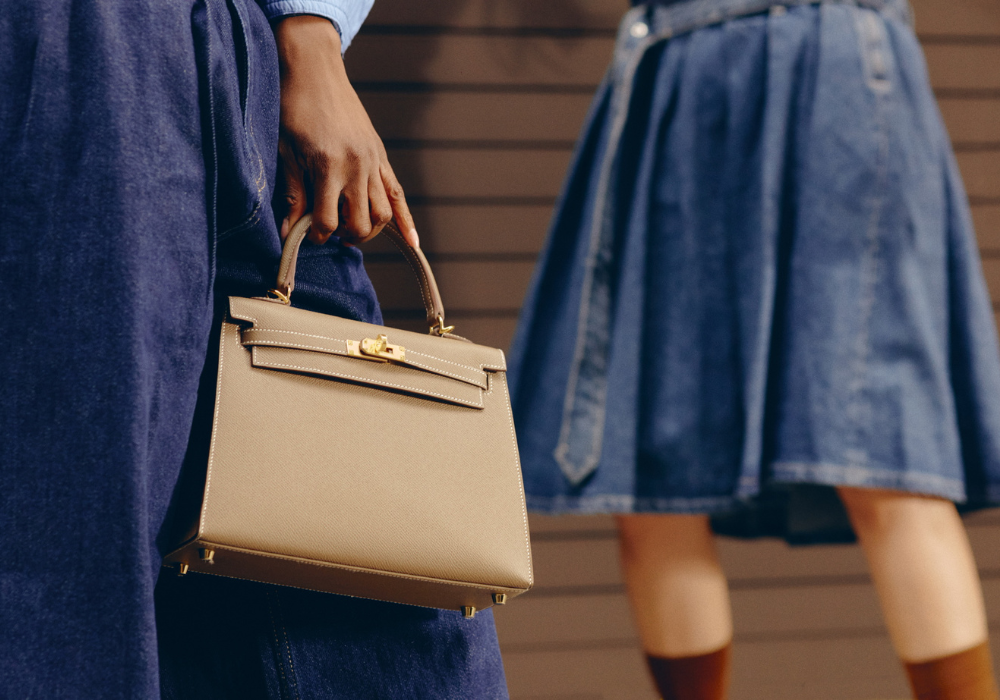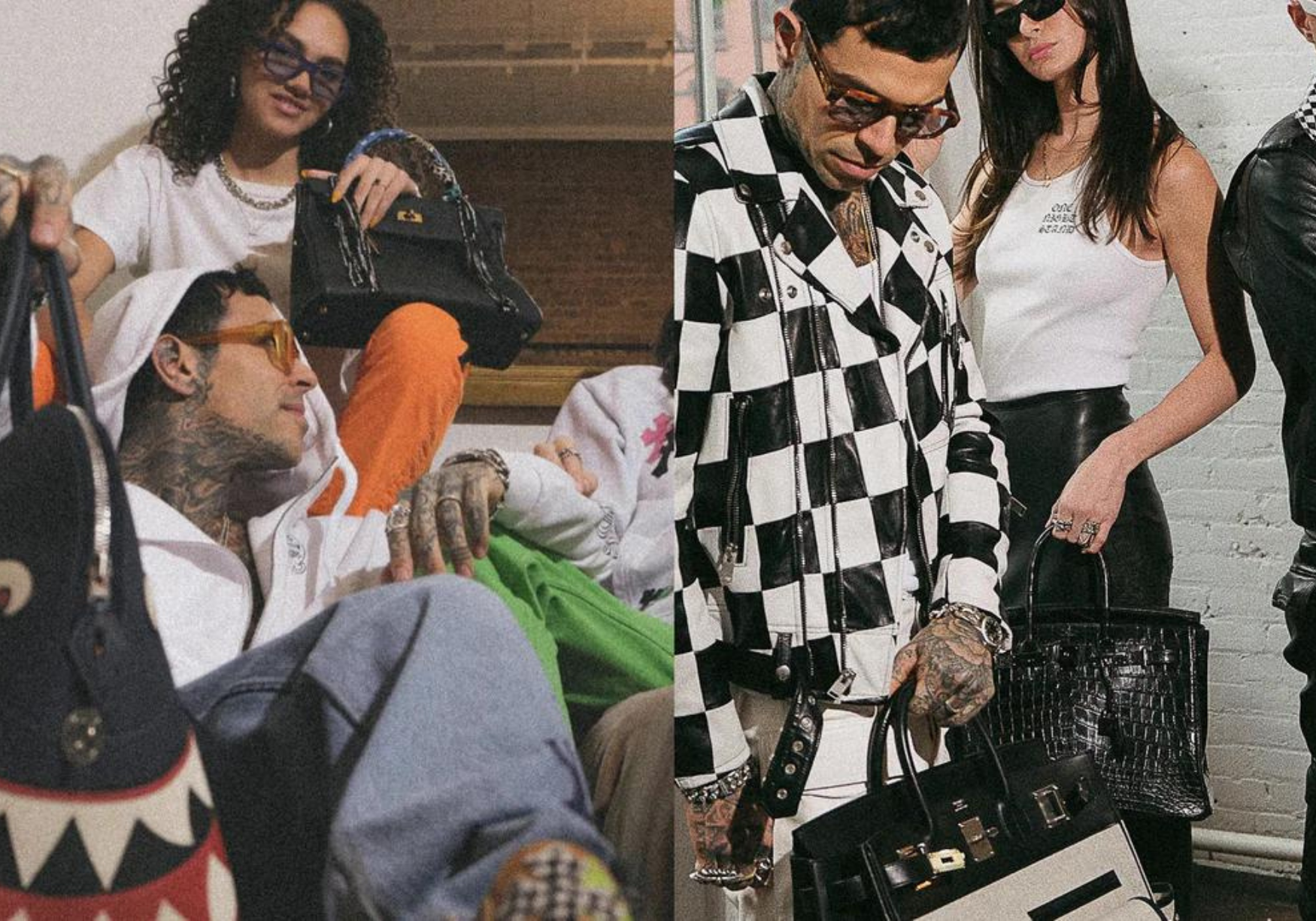Luxury Handbags Vs. High-End Art: A Fascinating Comparison in the World of Luxury Investments

In the bustling world of luxury investments, two intriguing markets have captured the world's attention: high-end art and luxury handbags. They may seem disparate at first glance; however, their similarities are astounding. This blog post will delve into these two realms, exploring the parallels, the return on investment, the role of speculation, and the competitive landscape.
Art and Handbags: Strikingly Similar Investment Vehicles
Art and luxury handbags have always been symbols of elegance, taste, and wealth. At their core, both are tangible assets with unique histories, craftsmanship, and brand reputation.
Each market's products tell a story: artists weave narratives into their paintings, just as designers meticulously craft handbags that narrate a brand's history. Moreover, the value of these assets is often tied to the creators' reputation and the rarity of the piece.
Limited editions, unique colors, and collaborations with high-profile artists can make a handbag as desirable to collectors as a one-of-a-kind painting. For instance, consider the Birkin Bag by Hermès, particularly those crafted in collaboration with artists like George Condo or Damien Hirst. These "artbags" often sell for higher prices than their "non-art" counterparts, much like how the value of a painting can skyrocket based on the artist's prominence.
The Spectacle of Returns
When it comes to return on investment, both markets have shown remarkable potential. A study by Art Market Research (AMR) revealed that handbags had outperformed art, classic cars, and even whisky in terms of return on investment. The same study found that handbags had increased in value by 13% year on year and by an incredible 108% over the last decade.
On the other hand, according to the Mei Moses All Art Index, the compound annual return for art was approximately 5.3% from 1950 to 2019. While this return rate may seem inferior compared to handbags, art investments can sometimes yield staggering returns. For instance, Jean-Michel Basquiat's painting "Untitled" sold for $110.5 million in 2017, having last sold for only $19,000 in 1984 – a mind-boggling increase.
It is crucial to remember that while these returns are enticing, they are not guaranteed. Investing in either market requires due diligence, market knowledge, and sometimes, a bit of luck.
Speculation: A Double-Edged Sword
Speculation plays a significant role in both the art and luxury handbag markets. Investors are always on the lookout for the "next big thing," whether it's a rising artist or a new handbag design. The lure of finding a bargain that will skyrocket in value is a tantalizing prospect that fuels both markets.
Yet, speculation is a double-edged sword. The same forces that can send prices soaring can also cause them to plummet. Trends can shift rapidly, and a once-coveted piece can lose its luster overnight. An art piece or a handbag that was bought based on hype might not retain its value in the long term. Thus, speculative purchases should be made cautiously, and ideally, with the advice of knowledgeable experts.
The Competitive Landscape
Competition in both markets is fierce, as investors vie for limited goods. This competition can drive up prices, particularly at auctions. The world records for both the most expensive handbag and art piece were set at auctions: the "1001 Nights Diamond Purse" by Mouawad sold for $3.8 million in 2010, while Leonardo da Vinci's "Salvator Mundi" fetched a whopping $450.3 million in 2017.
While the art market has been around longer, the handbag market is quickly catching up. Various platforms like JaneFinds have democratized access to the luxury handbag secondary market, allowing more people to participate. Meanwhile, the art market has also become more accessible through online auctions and art investment platforms.
Both the luxury handbag secondary market and the high-end art market are exciting arenas for investors. While there are potential high returns, they also carry risks. As with any investment, prospective investors must understand the market dynamics, have a keen eye for value, and possess an unwavering commitment to due diligence. The parallels between these two luxury markets demonstrate that, despite their differences, they share a common core: they are both driven by passion, artistry, and the thrill of owning something truly unique.



Leave a comment
This site is protected by hCaptcha and the hCaptcha Privacy Policy and Terms of Service apply.